Hydrangea paniculata Summer Snow
Video review of paniculate hydrangea Summer Snow:
A low-growing variety of paniculate hydrangea, Summer Snow, was developed in 2019 and is new to its family. The self-explanatory name “Summer Snow” characterizes the appearance of the plant during flowering - the caps of inflorescences from afar look like lumps of snow among the rich summer greenery. One of the few varieties of paniculate hydrangea that does not change color until late autumn.
Description of the hydrangea variety Summer Snow
An ornamental low-growing shrub produces thick, strong, erect shoots. The matte dark green leaves are large, egg-shaped with a pointed end.
The shoots form dense, very large caps of inflorescences with rounded tops. The panicles consist of large, sterile flowers closely located to each other. The petals are folded inwards, giving the flowers a cup-shaped appearance.
Advantages and disadvantages of hydrangea Summer snow
Summer Snow showed herself mostly on the positive side:
- The shoots do not droop, stand rigidly, and spring back when pressed.
- Cut flowers remain fresh for a long time.
- The inflorescences completely retain their snow-white color until leaf fall.
However, there are also disadvantages:
- In autumn, the bush loses its decorative appearance a little, large green leaves begin to turn yellow.
- The declared frost resistance does not entirely correspond to reality. In the northern regions, insulation is required.
Technology of planting seedlings
In the northern regions, a planting site for hydrangea is chosen in an area illuminated by the sun's rays. In the southern regions, a shaded place for planting is selected.
In the morning and after 16:00 the plant needs sunlight. The midday heat should not affect the hydrangea.
Important! Abundant flowering of the variety is achieved provided that the shrub receives a sufficient amount of sunlight. In the open sun, the inflorescences wither and burn out faster.
|
Hydrangea paniculata Summer Snow (Summer Snow) |
The best planting time is spring. In the northern regions, autumn planting is not recommended. The procedure is carried out either early in the morning or in the evening.
The seedling is spilled generously or soaked for 6 hours in water with the addition of the root formation stimulator “Kornevin” (10 grams per 10 liters of water).
The size of the hole depends on the characteristics and volume of the root system. The planting depth in the ground is at the same level as in the pot.
The composition of the substrate directly depends on the land on the site. For sandy, sandy loam soils, leavening agents in the form of sand and vermiculite are not added.
If the soil composition is closer to heavy (loam), the dressing is prepared from the following components (in equal parts):
- humus;
- garden soil;
- sand;
- high peat;
- 70 gr. superphosphate;
- 20 gr. potassium sulfate;
- 20 gr. urea;
- drainage.
The mixed substrate should sit for several days before planting.
Important! The soil for filling the hole should be airy, loose, and fertile.
|
Spring planting hydrangeas |
Step-by-step process for planting Summer Snow hydrangea:
- Drainage (broken brick, expanded clay) is poured at the bottom so that water does not stagnate at the roots.
- The hole is filled 2/3 with the prepared soil mixture, and a bucket of water is poured out.
- Without separating the clod of earth from the root system, the seedling is placed in the center of the planting hole, pressing lightly to remove air between the roots.
- Fill the voids around the culture with the remaining substrate. The root collar should be located above the surface of the earth.
- The soil is lightly compacted and additionally watered.
- The ground around the seedling is mulched with high-moor peat and conifer bark in a layer of 6-7 cm.
- After landing, the green pet is shaded with improvised means for 10-14 days.
Important! Hydrangeas need mulching because they prefer constantly moist, but not waterlogged soil.
Caring for Hydrangea Summer Snow
By following simple care recommendations, they grow healthy bushes that will delight you with lush snow-white blooms every year.
Watering
Hydrangea is watered actively. Once a week she needs 10-15 liters of water. Irrigation is carried out taking into account weather conditions. In hot weather, the frequency of watering is increased, in rainy weather it is reduced.
Preference is given to soft rain or settled tap water. To maintain the required level of acid-base balance, it is useful to add citric or oxalic acid when watering (once every 15 days).
Top dressing
From early spring, nitrogen-containing preparations can be given to stimulate the growth of vegetative mass.
During the set of buds, they are fed with potassium sulfate and superphosphate according to the instructions. These substances can be applied until the beginning of autumn.
Throughout the season, it is useful to treat with ash or bone meal.
Trimming
During the first 2-3 years of growth of a seedling, it is not pruned; it gives the opportunity to grow skeletal branches.
It is better to carry out the procedure in the fall, since in the spring you may not be able to do it in time with early pruning. Hydrangea cannot be cut when it begins to flow sap.
|
Autumn pruning of hydrangea |
The time when yellowed leaves can be easily removed from the bush by hand indicates the need to prune Summer Snow for the winter. As a rule, this is the end of October.
Before cutting a bush, you need to understand what kind of result you need in the end. For dwarf varieties, 5-7 strong trunks you like are left in a circle, the rest are removed at the base. Branches, plants growing inwards and weak, twisted shoots are also cut out.
Having formed a circular skeleton, the remaining shoots are cut off from above, leaving 1-3 buds from the ground. In this case, the shoots will grow short, forming huge caps of inflorescences.
Don't forget to read:
Read more about methods of pruning paniculate hydrangeas here ⇒
Frost resistance and preparation for winter
The variety stoically tolerates bitter frosts down to -35°C. An important role in successful wintering is played by preparing the plant for severe cold.
In the fall, they hill up the soil in the tree trunk area and increase the thickness of the mulch layer. Such protection will prevent the root system from freezing and retain the necessary moisture in the soil. When grown in the southern regions, the shrub is left to overwinter without shelter.
|
Options for covering hydrangeas for the winter |
Young seedlings need protection regardless of the region of growth. The bushes are covered with spruce branches, dry leaves, and a thick layer of sawdust. The top is covered with lutrasil, the edges of the fabric are pressed to the ground with stones.
Adult bushes do not require insulation when grown in the middle zone. In the northern regions, flower growers insulate hydrangeas with agrofibre.It is useful to additionally sprinkle the bushes with a thick layer of snow in winter.
Don't forget to read:
Propagation of hydrangeas by cuttings and layering at home ⇒
Reviews of hydrangea Summer Snow
Despite its young age, the variety has gained many admirers:
“Hydrangea Summer Snow is beautiful and easy to care for, unpretentious in terms of frost - it can withstand frosts down to -25. Grows well in partial shade. As an example, here is my planting of the Summer Snow hydrangea near Arkhangelsk. It bloomed in the first year after planting. Covering with spruce branches and agrofibre is required - otherwise the bush of this variety will freeze. The shrub grows for many years and is pleasing to the eye.”
“I immediately added Summer Snow to my favorites from the first flowering. I still ordered more this year. It has beautiful panicles and the shape of the bush is very even.”
Don't forget to read:
Growing paniculate hydrangeas on a trunk with your own hands ⇒
Using hydrangea in landscape design
It is preferable to plant a low-growing variety in a formal place, a lawn, in a front garden next to a house, or a gazebo.
|
Summer Snow looks most advantageous as a tapeworm. |
|
The variety is excellent in the center of a flower bed with low-growing conifers and ferns. |
|
The culture is widely used to create hedges and frame the borders of garden paths. |
|
Clematis and phlox will look great near a perennial |
Other articles about hydrangea varieties:
- Hydrangea paniculata Skyfall with description, photos and reviews ⇒
- Description of hydrangea Strawberry Blossom with photos and reviews from gardeners ⇒
- Hydrangea paniculata Polistar: description, photos and reviews ⇒
- Description and characteristics of hydrangea Samara Lydia with photos and reviews ⇒
- Paniculata hydrangea Summer love: variety description, reviews and photos ⇒
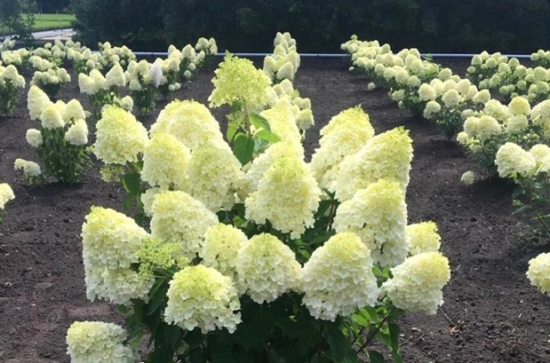
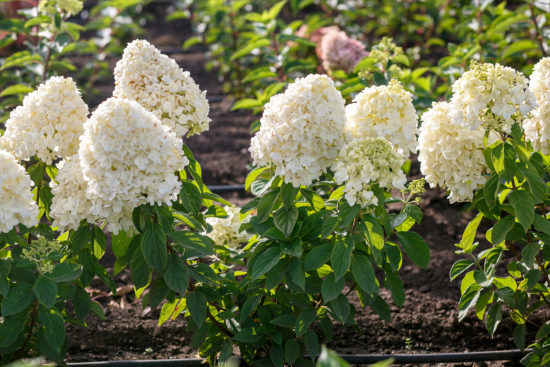
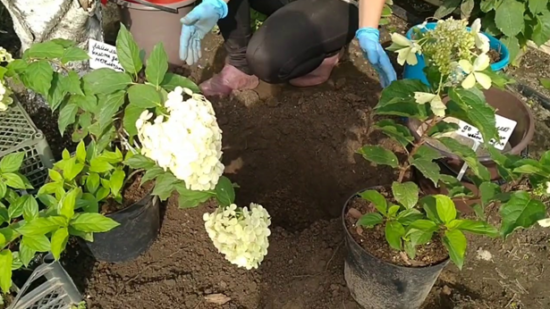
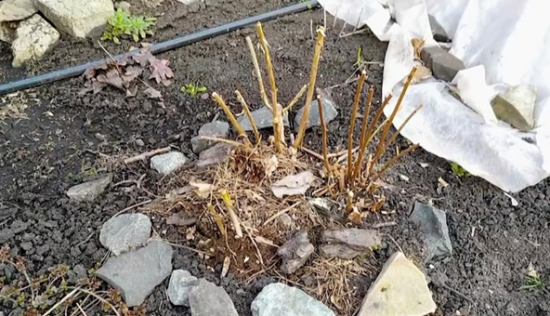
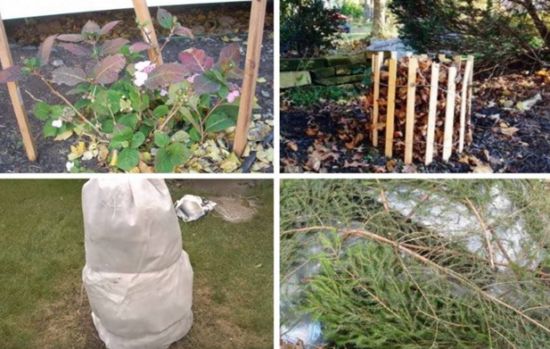
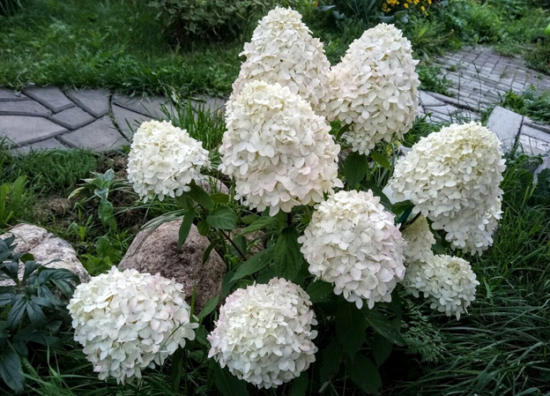
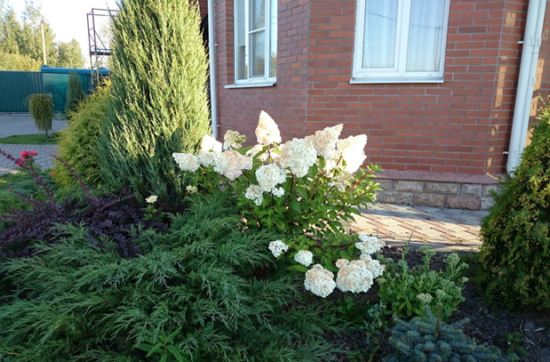
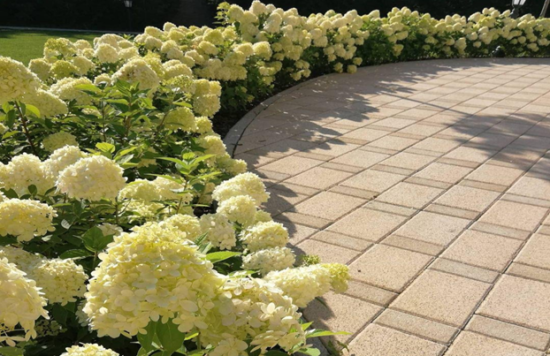
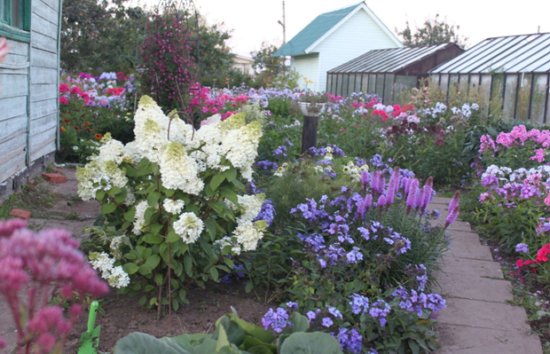

 CUCUMBERS NEVER GET SICK, I'VE BEEN USING ONLY THIS FOR 40 YEARS! I SHARE A SECRET WITH YOU, CUCUMBERS ARE LIKE THE PICTURE!
CUCUMBERS NEVER GET SICK, I'VE BEEN USING ONLY THIS FOR 40 YEARS! I SHARE A SECRET WITH YOU, CUCUMBERS ARE LIKE THE PICTURE! You can dig a bucket of potatoes from each bush. Do you think these are fairy tales? Watch the video
You can dig a bucket of potatoes from each bush. Do you think these are fairy tales? Watch the video
 How our fellow gardeners work in Korea. There is a lot to learn and just fun to watch.
How our fellow gardeners work in Korea. There is a lot to learn and just fun to watch. Eye trainer. The author claims that with daily viewing, vision is restored. They don't charge money for views.
Eye trainer. The author claims that with daily viewing, vision is restored. They don't charge money for views. A 3-ingredient cake recipe in 30 minutes is better than Napoleon. Simple and very tasty.
A 3-ingredient cake recipe in 30 minutes is better than Napoleon. Simple and very tasty. Therapeutic exercises for cervical osteochondrosis. A complete set of exercises.
Therapeutic exercises for cervical osteochondrosis. A complete set of exercises. Which indoor plants match your zodiac sign?
Which indoor plants match your zodiac sign? What about them? Excursion to German dachas.
What about them? Excursion to German dachas.